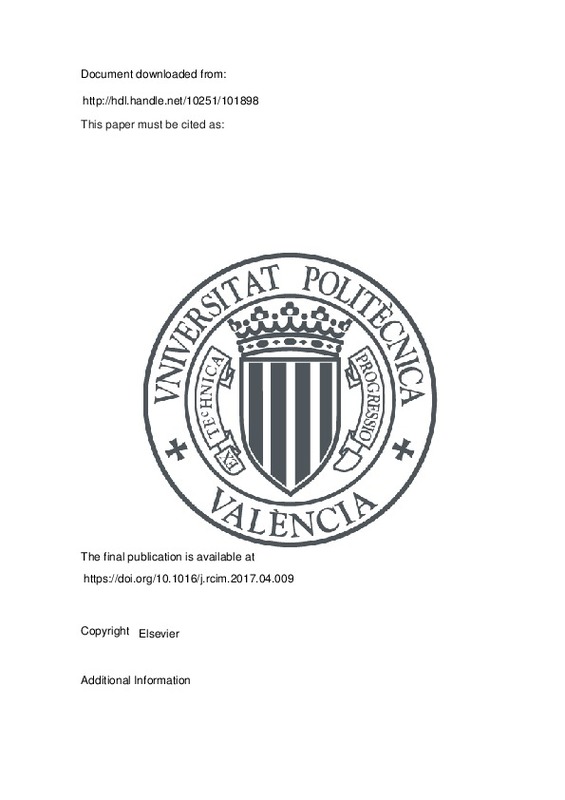JavaScript is disabled for your browser. Some features of this site may not work without it.
Buscar en RiuNet
Listar
Mi cuenta
Estadísticas
Ayuda RiuNet
Admin. UPV
On the detection of defects on specular car body surfaces
Mostrar el registro completo del ítem
Molina, J.; Solanes Galbis, JE.; Arnal-Benedicto, L.; Tornero Montserrat, J. (2017). On the detection of defects on specular car body surfaces. Robotics and Computer-Integrated Manufacturing. 48:263-278. https://doi.org/10.1016/j.rcim.2017.04.009
Por favor, use este identificador para citar o enlazar este ítem: http://hdl.handle.net/10251/101898
Ficheros en el ítem
Metadatos del ítem
| Título: | On the detection of defects on specular car body surfaces | |
| Autor: | Molina, Jaime Arnal-Benedicto, Laura | |
| Entidad UPV: |
|
|
| Fecha difusión: |
|
|
| Resumen: |
[EN] The automatic detection of small defects (of up to 0.2 mm in diameter) on car body surfaces following the painting process is currently one of the greatest issues facing quality control in the automotive industry. ...[+]
|
|
| Palabras clave: |
|
|
| Derechos de uso: | Reconocimiento - No comercial - Sin obra derivada (by-nc-nd) | |
| Fuente: |
|
|
| DOI: |
|
|
| Editorial: |
|
|
| Versión del editor: | https://doi.org/10.1016/j.rcim.2017.04.009 | |
| Código del Proyecto: |
|
|
| Agradecimientos: |
|
|
| Tipo: |
|







![[Cerrado]](/themes/UPV/images/candado.png)


